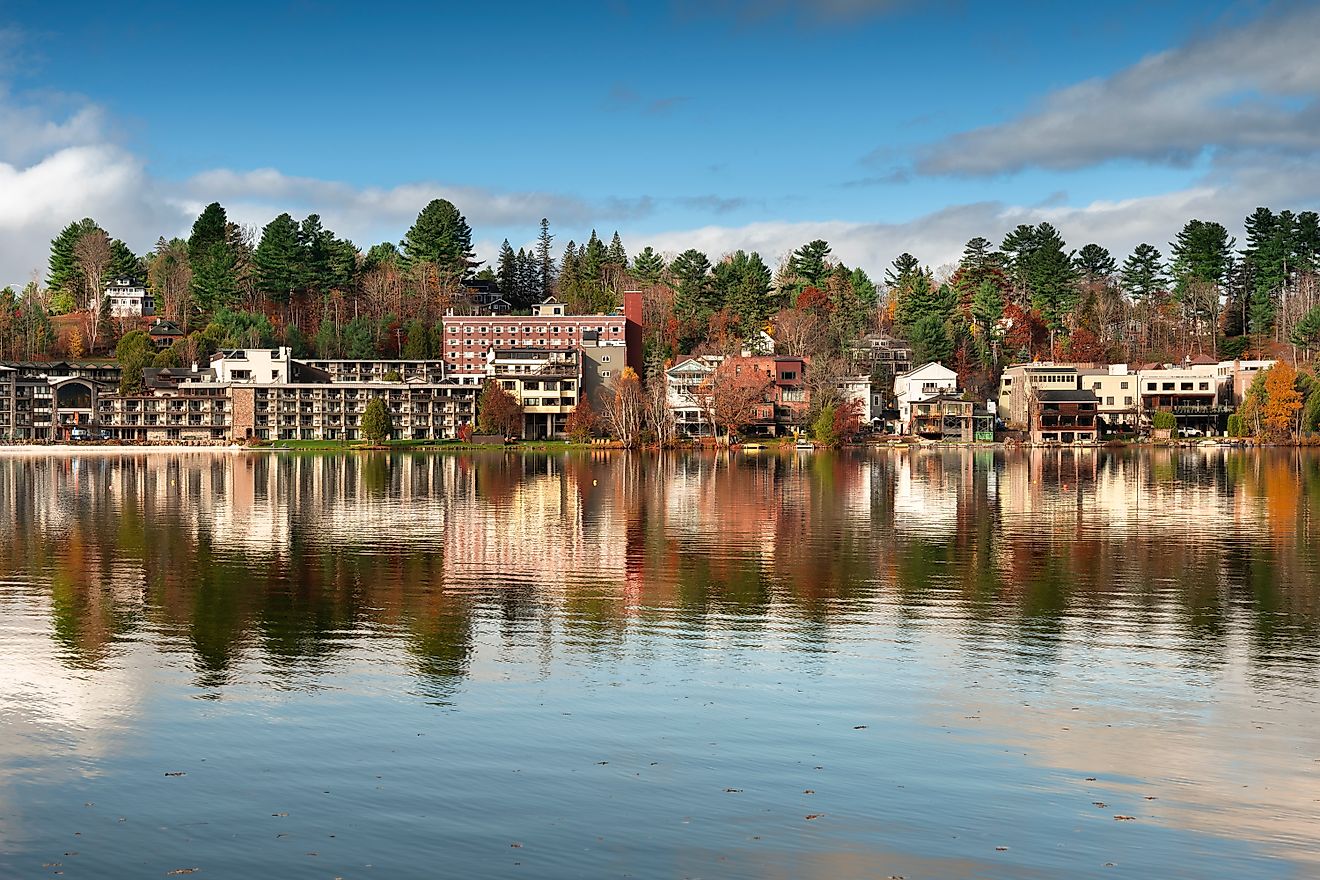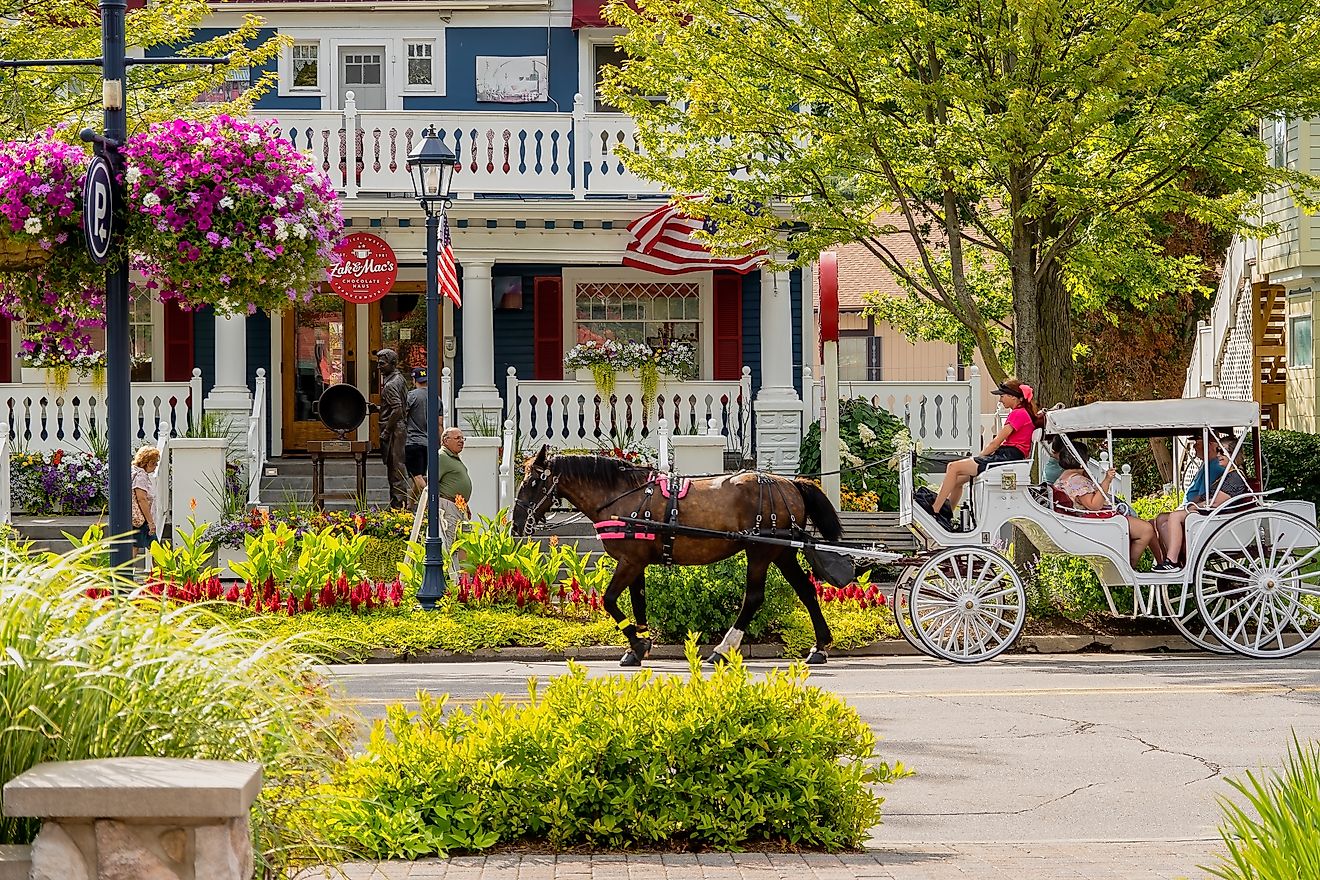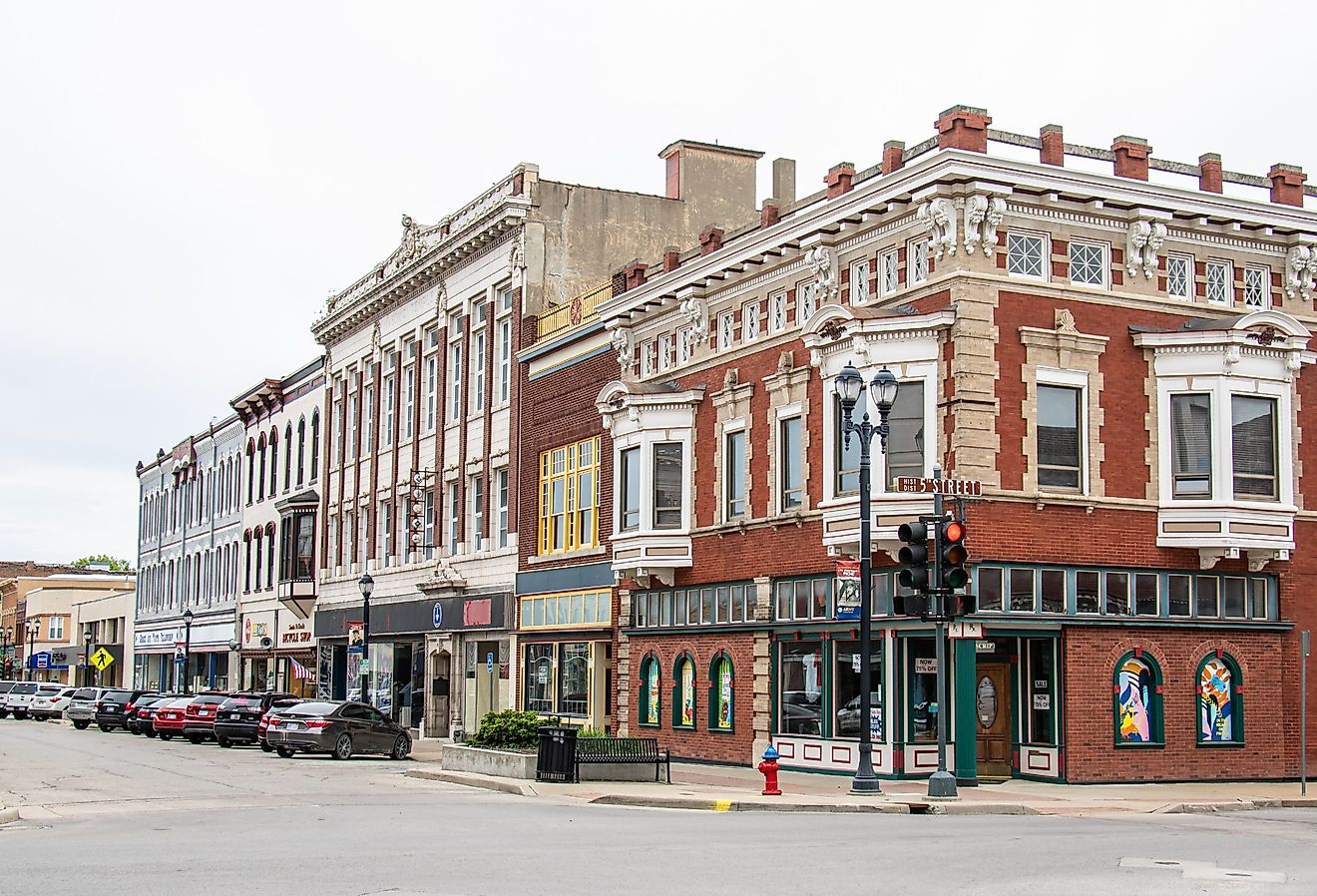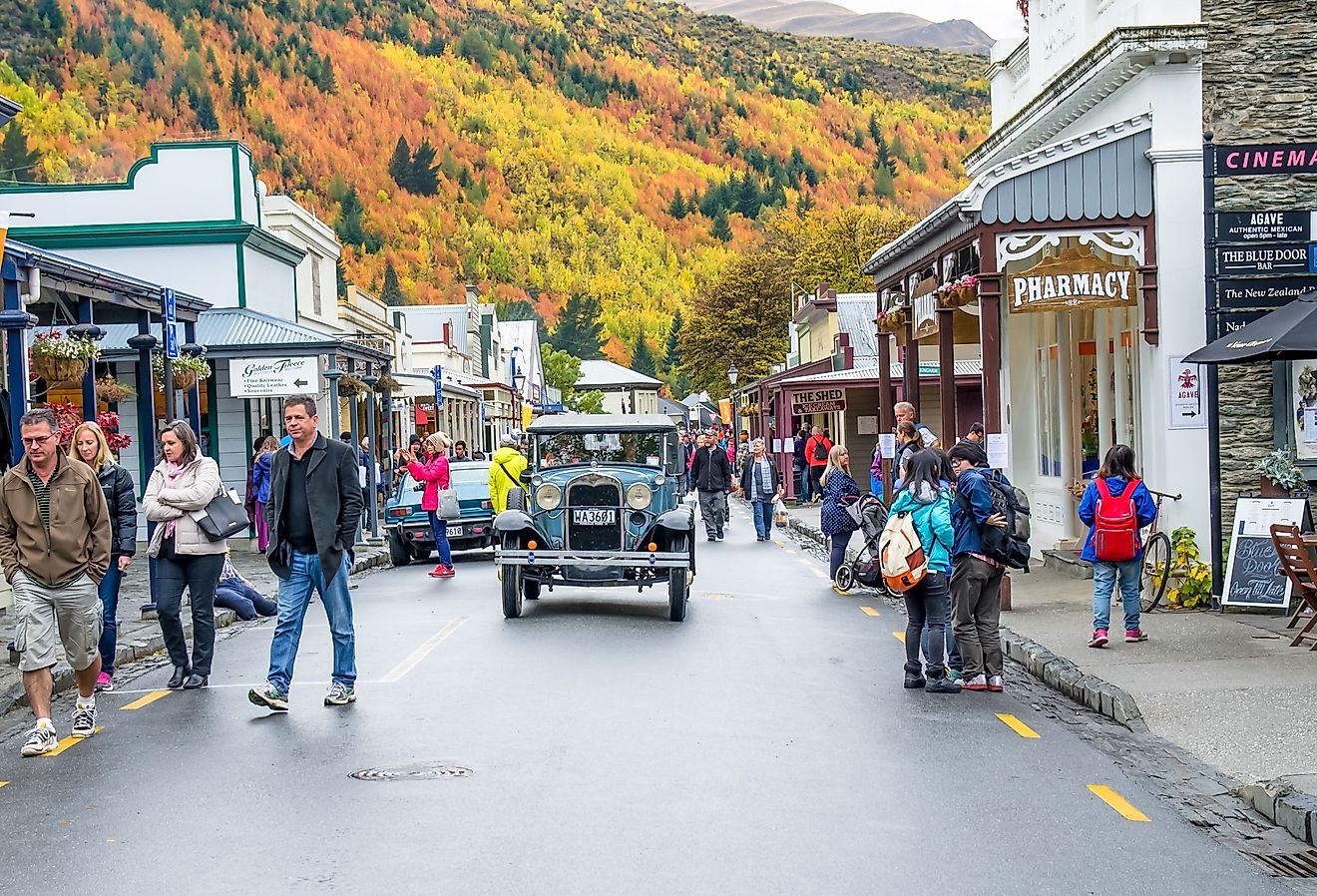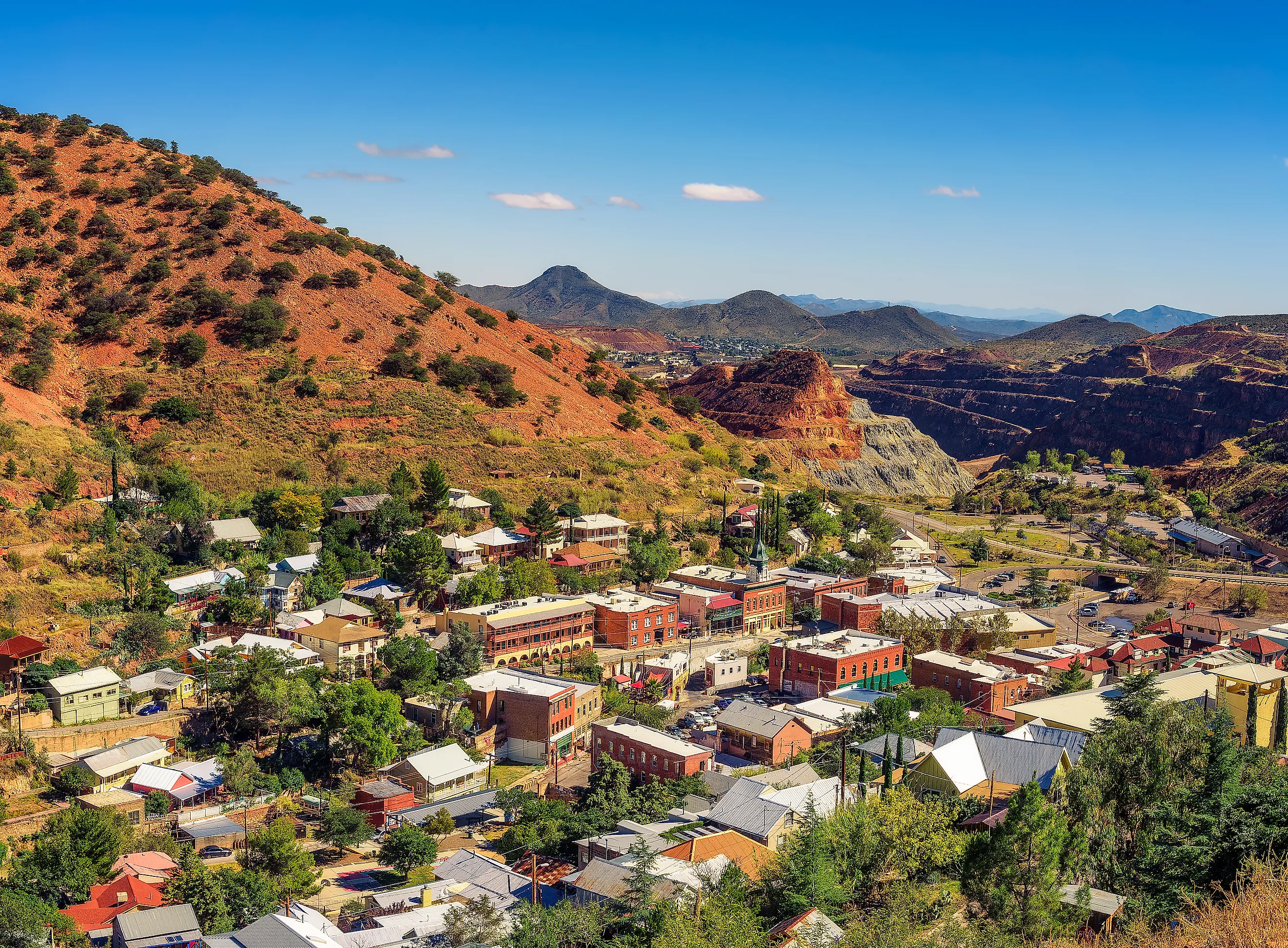
8 Of The Most Underrated Towns In The United States
The United States is full of small towns that often get overlooked, from upstate New York to the deserts of the Southwest and anywhere in between. From historic districts and unique landmarks to natural attractions and fun local festivals, the underrated towns we will be showcasing here often provide a more intimate and authentic look at regional life than larger cities can. Exploring them, whether during a quick weekend escape or an extended road trip, will connect you with a diverse array of local traditions, allow you to sample regional cuisine, and discover scenic landscapes and communities that sometimes don't appear on your standard tourist maps.
Owego, New York
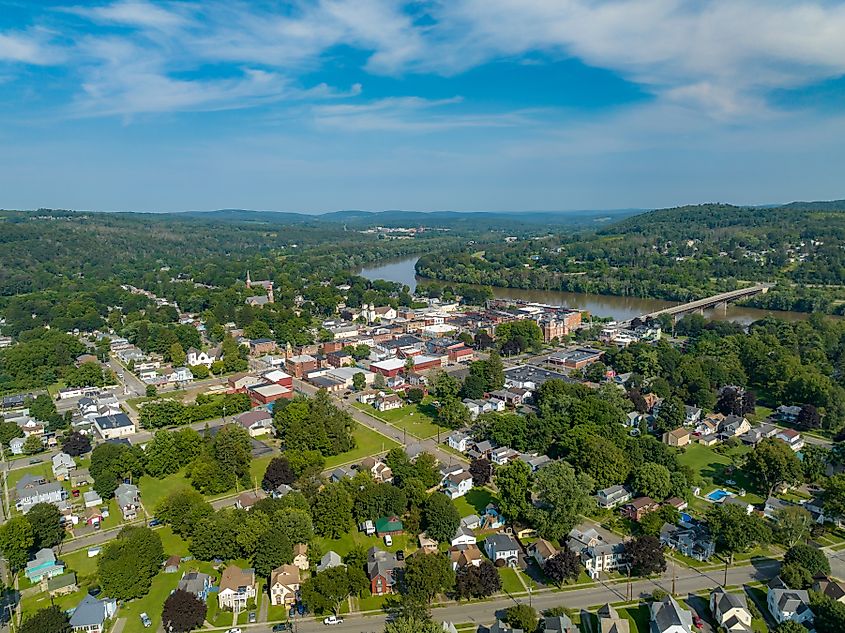
Owego sits along the Susquehanna River in New York's Southern Tier near the Pennsylvania border. Its iconic Riverwalk is often considered the best place to start your visit, taking you directly along the picturesque waterfront, a stretch paired with steady views of the Court Street Bridge and easy routes into downtown as well. Here, you may run into the Tioga County Historical Society Museum, which sits just a few blocks away and features a collection of well-preserved artifacts related to local industries and the area's early settlement.
The heart of town is the Owego Central Historic District, where a series of storefronts house long-running shops, cafés, and even a few antique dealers. The Early Owego Antique Center, the most famous of its kind in the area, occupies a former department store and covers multiple floors, making rare finds and surprisingly cheap deals commonplace here!
Owego also serves as a practical base for exploring the rolling farmland and scenic backroads surrounding the Susquehanna. Hickories Park, located downstream, features several pleasant river overlooks, well-maintained walking paths, and open spaces for other outdoor activities. This locale is especially beautiful in the fall when the foliage changes color.
Eureka Springs, Arkansas
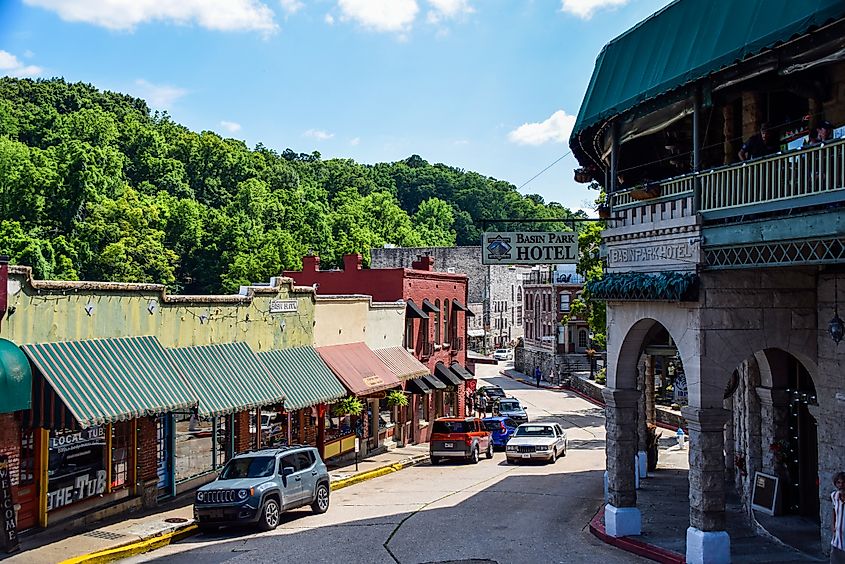
Eureka Springs is renowned for its hilly streets, old-timey stone buildings, and a layout molded by the namesake springs that originally drew swathes of visitors looking for respite in the late 1800s. In fact, this little town’s entire downtown district is listed on the National Register of Historic Places, with its narrow routes leading directly to landmarks such as Basin Spring Park and the Basin Bath House, spots that formed the center of early tourism in the region.
Moreover, the Palace Bath House and the Carnegie Library add further appeal to history buffs and architectural enthusiasts alike. Thorncrown Chapel, located in a wooded setting west of town, is another strong example of local architecture to visit.
The Turpentine Creek Wildlife Refuge sits just outside town and provides a well-managed habitat for a variety of wildlife, namely big cats and other rescued animals. This one is a great idea for nature lovers looking to get outdoors on a nice day. Another recommendation on the outskirts of Eureka Springs is the Lake Leatherwood City Park, with its trails and former WPA structures giving ample access to the region's pristine forests.
Marietta, Ohio
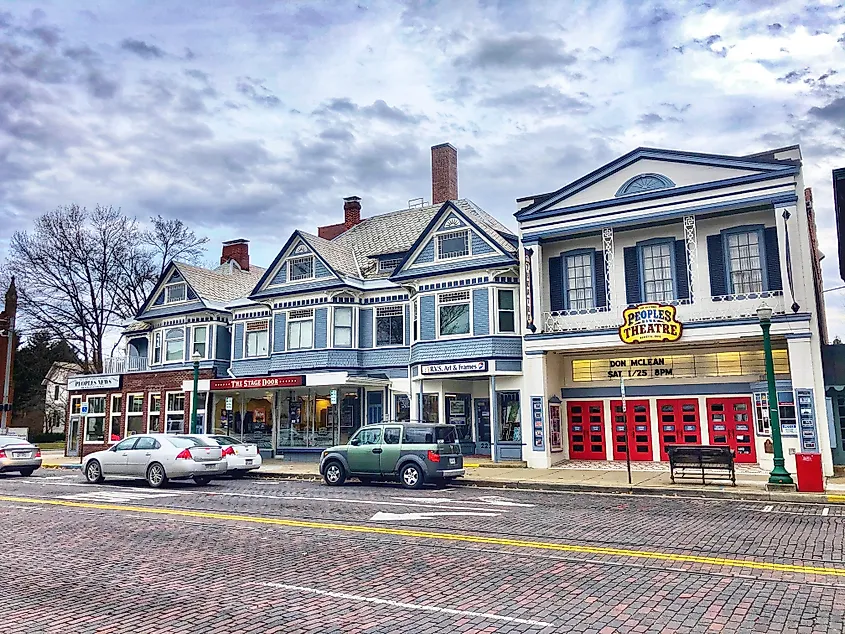
Marietta sits at the meeting point of the Ohio and Muskingum Rivers and is one of the oldest communities in what was originally called the Northwest Territory. With that, its riverfront is central to any visit, especially the brick-lined walkway at the Ohio River Levee, which provides access to paddlewheel tours and views of a collection of historic bridges.
This town eventually grew to become quite the academic hub, and the Campus Martius Museum explains Marietta's early settlement period in the late 18th century, including the Rufus Putnam House, a rare preserved structure from the 1780s. The Ohio River Museum, located nearby, also outlines the area's past, this time focusing more on the regional river travel and features the W.P. Snyder Jr., the last intact steam-powered sternwheeler of its kind. A short drive also leads to the Marietta Earthworks, a series of prehistoric mounds created by some of Ohio's original native inhabitants, long before Europeans ever came by.
Travelers can also follow the River Trail on foot, which links various neighborhoods and several river overlooks. While walking around, you'll see that Marietta’s downtown grid contains many other, often unnamed commercial buildings dating back centuries, with Front Street functioning as the main corridor for galleries, small shops, and local dining options.
Port Townsend, Washington
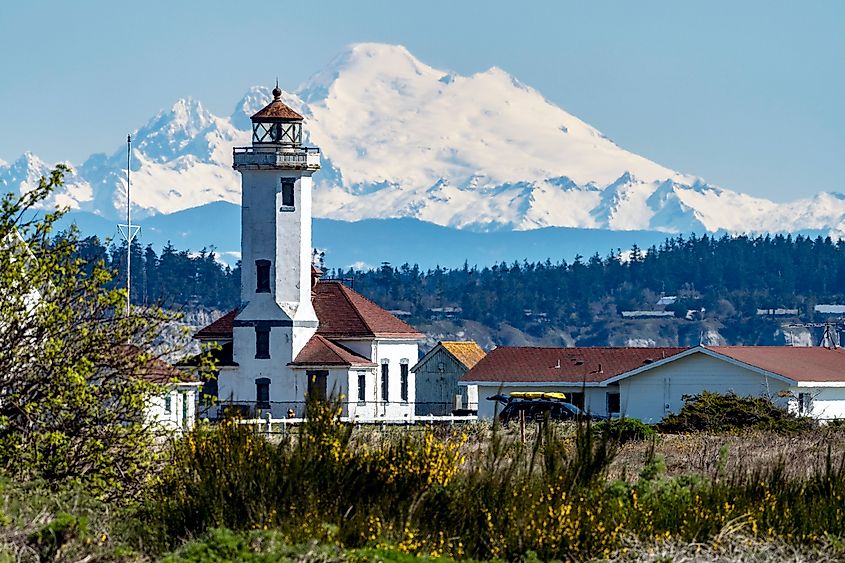
Port Townsend rests on the northeastern tip of the Olympic Peninsula and is exemplified not only by its proximity to the renowned Olympic National Park, but by its concentration of late-1800s Victorian buildings as well. The downtown waterfront is the starting point for most visits, with Union Wharf and the surrounding old warehouses illustrating the town’s deep-seated connection to the sea. Uptown, centered around Lawrence Street, holds additional historic homes, a long-standing farmers market, and direct walking routes toward bluff-top viewpoints.
For a more curated educational outing, be sure to see the Jefferson Museum of Art & History, housed in a former city hall and jail that now outlines the area’s early development through rotating exhibits throughout the year.
Go back even further in time at the Fort Worden Historical State Park, which sits just north of town and contains former military batteries, parade grounds, and shoreline trails with clear views across the Strait of Juan de Fuca. The Point Wilson Lighthouse is a short walk from the park’s main loop and remains one of the most recognizable navigational structures in the region, worthy of a photo or two. Boat tours from nearby marinas will then be able to take you to locales like the Admiralty Inlet, where seasonal wildlife viewing is a popular activity.
Staunton, Virginia

Staunton lies in the incredibly lush and scenic Shenandoah Valley and is recognized for its eclectic blend of attractions in a peaceful, nature-filled setting. For one, the Woodrow Wilson Presidential Library and Museum is the town’s primary heritage site, centered around Wilson’s restored birthplace and a series of galleries focused on other aspects of early-1900s political life. For a more artistically enriching experience, Staunton's American Shakespeare Center operates the Blackfriars Playhouse, the world's only working re-creation of Shakespeare’s indoor theater, where year-round productions take place for all to enjoy.
Downtown is where many useful amenities for tourists can be found, be it mom and pop restaurants, hotels, shops, and more. Visitors can also trace the area’s architectural record along Beverley Street and adjacent blocks, whereas in Gypsy Hill Park on the northwest side of town, ponds, recreational areas, and even a historic bandstand can be used for events.
For broader views of the surrounding valley, the Frontier Culture Museum combines outdoor exhibits and relocated historic structures to explain settlement patterns from Europe to early America. In order to get a real heart-pumping walk in, however, the Humpback Rocks, a high-standing ridge with a trail leading to its summit, can be accessed via the scenic Blue Ridge Parkway just south of Staunton.
Bisbee, Arizona

Bisbee occupies a steep desert valley in the Mule Mountains to the very south of Arizona, and functions as one of the most distinctive communities in the Southwest. Its deeply historic core, shaped in large part by the copper mining industry, remains remarkably intact since the community's founding over 120 years ago. Lowell, a preserved 1940s-era neighborhood on the edge of town, is a particularly notable stop for photography and urban exploration.
Delve deeper into the area's past, literally, at the Queen Mine, where tours serve as the town’s main modern attraction, giving you access to a former working mine through a guided tram ride into its tunnels. A notable addition to this experience is the Bisbee Mining & Historical Museum, which offers additional exhibits highlighting the region’s hardworking heritage.
Those looking for more outdoor-oriented activity can follow the network of stairways built into the local hillsides, including the routes used during the Bisbee 1000 race. Other nearby viewpoints along State Route 80 further outline the surrounding terrain of the Sonoran Desert. All together, these features create a town that rewards anyone aiming to escape the bright lights of Phoenix to explore a lesser-known chapter of Arizona's history.
Sandpoint, Idaho
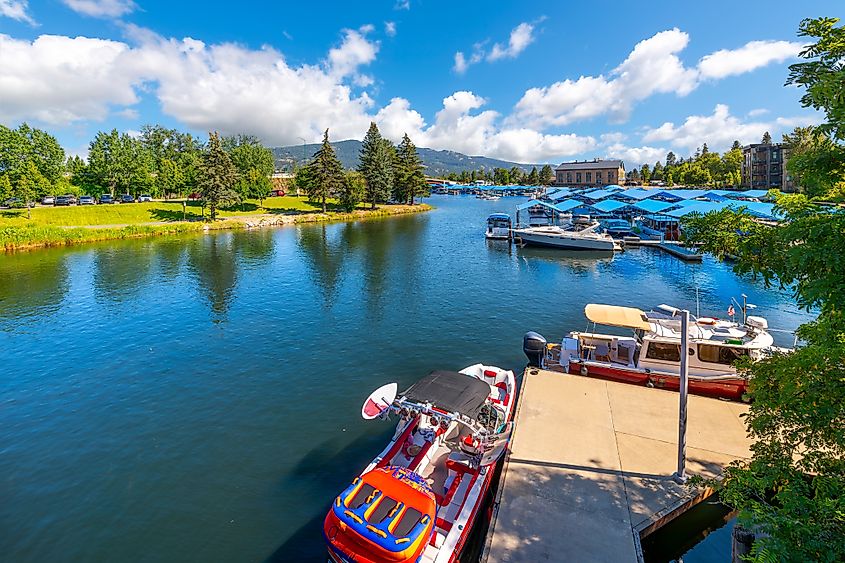
Sitting on the north shore of Lake Pend Oreille, Sand Point is an idyllic base for a weekend getaway by the water. Its extensive lakefront is central to just about any visit, with City Beach providing space for swimming, unobstructed views of the Cabinet Mountains of the Rockies, and direct access to public marinas and boat rental services. Also, make a point of dropping by the nearby Sandpoint Station, a nicely restored early-1900s rail station that remains Idaho's only active Amtrak stop.
In the winter, avid skiers and snowboarders flock to Sandpoint as a gateway to Schweitzer, one of the largest ski areas in the Pacific Northwest. The area can be used in the warm months, too, though, as the lower trails around Schweitzer offer tons of varied hiking routes through dense woodlands and past a number of other Rocky Mountain sights. If you'd like to stay closer to downtown, however, the Pend d’Oreille Bay Trail extends north along the shoreline from the city core, giving walkers uninterrupted lake views and access to quieter sections of the Sanpoint waterfront.
Goliad, Texas
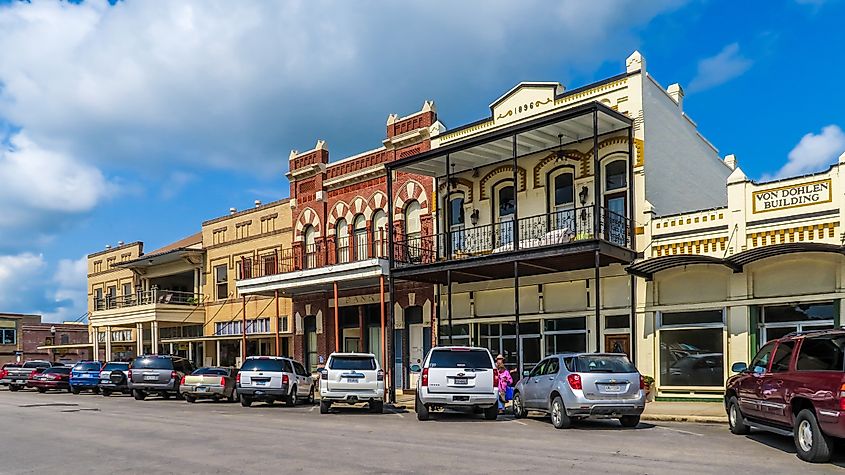
Deep in south Texas, along the San Antonio River, the community of Goliad is a hotspot for historians, as it played a pivotal role in the original formation of the Lone Star State. Its historic district, which is surprisingly robust for a town this small, boasts attractions like the Presidio La Bahía, an 18th-century fort that played a key role in the Texas Revolution. Its visitors can tour the fort and its museum to better understand the region’s colonial and revolutionary past in an up-close, intimate way.
The Goliad State Park and Historic Site surrounds the fort and adds more for curious tourists to enjoy, with foot trails, picnic areas, and views of the San Antonio River. Just minutes away, nearby mission sites, including Mission Espíritu Santo, offer additional insight into early Spanish settlement.
Goliad's quaint downtown also includes the ornate Goliad County Courthouse and a handful of other century-old commercial buildings housing anything from local businesses and hotels to museums like the Markethouse Museum. Here, you can pass by the "Hanging Tree" too, a beautifully sprawling, old tree with, unshockingly, a dark past in relation to capital punishment during the town's early Wild West days.
Experience Small Town America Today
These lesser-known destinations across the country often give a deeper, richer experience for travelers seeking out the nation's historic, cultural, and natural offerings that are away from the crowds. From meticulously preserved historic cores to natural landscapes and other cool local attractions, these small towns in the United States reward your off-the-beaten-path exploration and curiosity. So the next time you're planning a road trip, maybe add a couple of these spots where possible.

